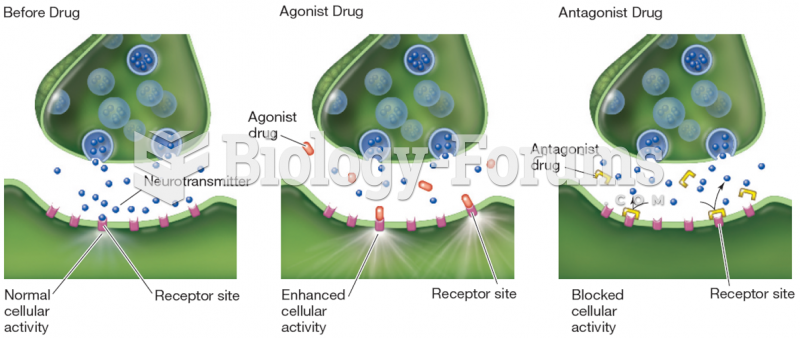Answer to Question 1
Correct Answer: 1,2,3
Rationale 1: Serum drug concentration should be obtained regularly and doses adjusted to prevent nephrotoxicity.
Rationale 2: Serum creatinine will reveal information about kidney function and potential nephrotoxicity.
Rationale 3: BUN will reveal information about kidney function and potential nephrotoxicity.
Rationale 4: A CBC does not monitor kidney function and potential nephrotoxicity.
Rationale 5: Blood glucose does not monitor kidney function and potential nephrotoxicity.
Global Rationale: Patients with diabetes are at risk for one of the most serious adverse effects of aminoglycosides. Aminoglycosides directly injure renal tubule cells, and this nephrotoxicity may be severe, affecting up to 26 of patients receiving these antibiotics. As expected, patients who are receiving higher doses for longer periods are most affected. Those with preexisting renal impairment or who are receiving concurrent therapy with other nephrotoxic drugs must be monitored carefully. Regular evaluation of urinalysis, blood urea nitrogen (BUN), and serum creatinine results is essential. Serum drug concentrations should be obtained regularly and doses adjusted accordingly to prevent permanent damage. Blood glucose and CBC do not monitor kidney function. Blood glucose is not affected by aminoglycoside use.
Answer to Question 2
Correct Answer: 1,2,3
Rationale 1: Concurrent use with erythromycin may increase the serum levels and toxicity of fentanyl.
Rationale 2: Concurrent use with erythromycin may increase the serum levels and toxicity of theophylline.
Rationale 3: Concurrent use with erythromycin may increase the serum levels and toxicity of methadone.
Rationale 4: Topical neomycin would not have a drugdrug interaction with erythromycin.
Rationale 5: Erythromycin is a category B drug. There is no drugdrug interaction between prenatal vitamins and erythromycin.
Global Rationale: When used concurrently with erythromycin, the serum levels and toxicities of alfentanil, carbamazepine, cyclosporine, fentanyl, theophylline, and methadone may increase. There is no drug-drug interaction with topical neomycin or prenatal vitamins.






